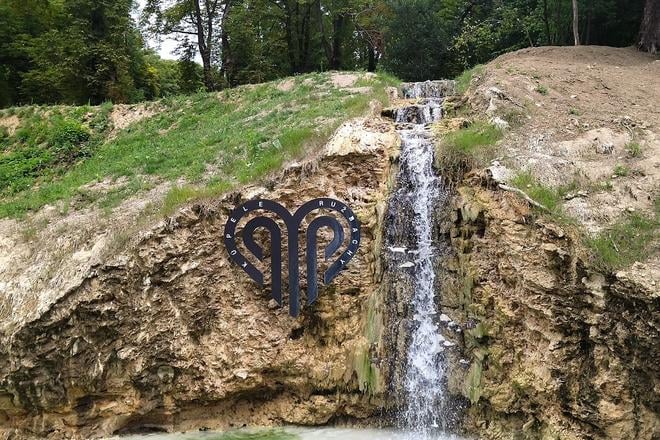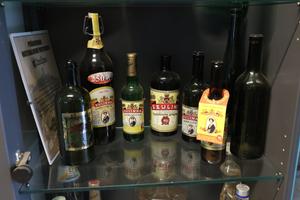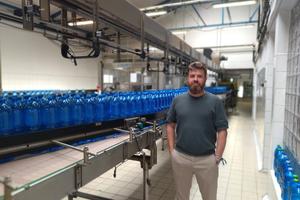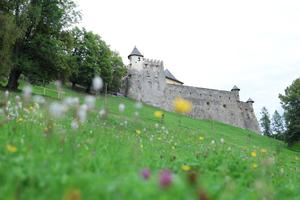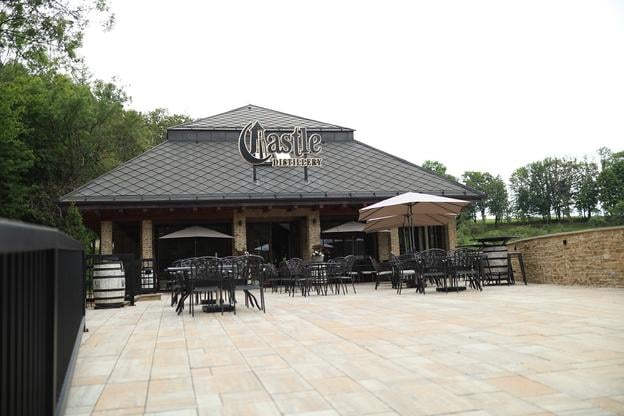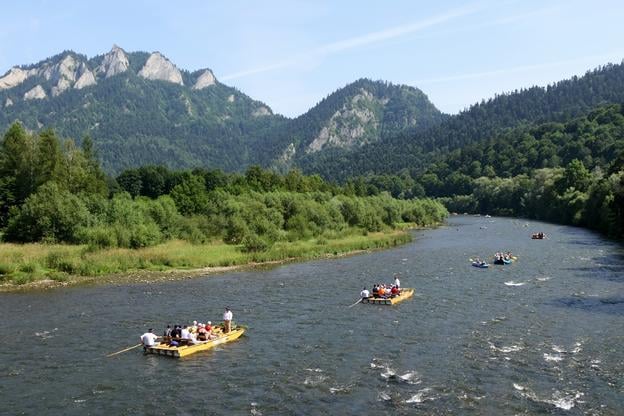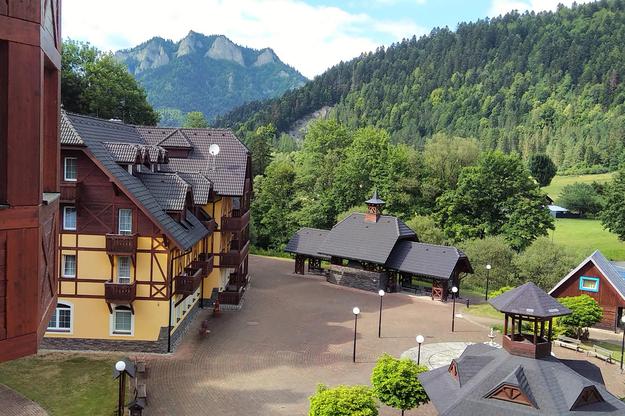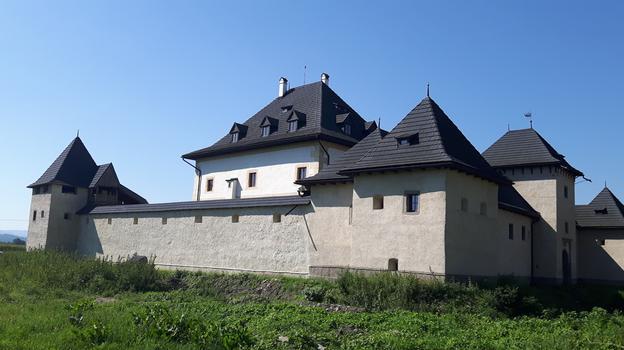You can read this exclusive content thanks to the FALATH & PARTNERS law firm, which assists American people with Slovak roots in obtaining Slovak citizenship and reconnecting them with the land of their ancestors.
Stará Ľubovňa Castle towers over the Stará Ľubovňa region, but it’s what lies beneath that may captivate those less inclined toward royal tales. The recently renovated grounds under the castle now host a military exhibition dedicated to Michael Strank, a local hero from nearby Jarabina. Strank, a U.S. marine, made history in the Second World War by helping raise the American flag on the Japanese island of Iwo Jima.
Families with children can explore an outdoor museum featuring tanks, trenches, and airplanes, though parents may notice the subtle presence of army recruitment posters alongside the displays.
A family’s vision brews beneath the castle
Under the watchful gaze of the castle, the Gurega family has crafted something new—both a distillery and a restaurant, nestled in the shadow of history. A newly planted orchard of local fruit trees signals not just a nod to tradition but a long-term vision. Inside the distillery, copper stills gleam, while shelves are lined with local spirits, inviting visitors to sample or take a bottle home. The restaurant, with its welcoming atmosphere, offers a fine spot to relax and dine.
The Gurega family’s influence extends beyond the castle’s reach. In nearby Hniezdne, they founded Nestville Park, a whiskey production site named after the village itself—Hniezdne translating to “Nestville”. Here, visitors can observe the whiskey-making process, fill and seal their own bottle, and explore a craft distillery that blends tradition with modern appeal. The park has since expanded to include a restaurant brewery, with ambitious plans to scale production from 700 to over 7,000 hectolitres annually, setting it on course to become one of Slovakia’s largest small breweries.
Beyond spirits and beer, Nestville offers much more. Visitors can indulge in treats from a local chocolate shop, browse souvenirs, and even stay overnight. The farm invites exploration, with opportunities for horseback riding and the chance to purchase fresh meat and dairy products.
Vyšné Ružbachy Spa sees a revival
Of the three spas near Stará Ľubovňa, two are seeing a resurgence while one is languishing.
The once-thriving spa in Nová Ľubovňa has fallen into neglect, but Vyšné Ružbachy and Červený Kláštor are undergoing notable development. After a tumultuous period of privatisation in the 1990s, Vyšné Ružbachy found itself in the hands of responsible new owners, who have since invested in the spa’s restoration.
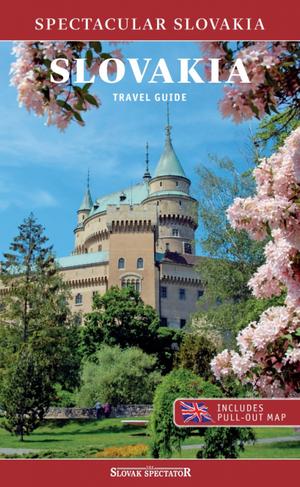
“This summer season was much better than last year, with about a 10 percent rise in visitors,” said Beáta Semrádová, director of Vyšné Ružbachy Spa. While most guests are domestic, with stays often covered by health insurance, the spa also attracts visitors from the Czech Republic, Poland, and the Baltics. “Poles typically visit for the day rather than long-term, given their own well-established spa towns across the border,” Semrádová added.
Renovations are underway at Vyšné Ružbachy, with improvements to hotels, balneotherapy facilities, and the spa’s park, which boasts a picturesque waterfall.
Collaboration with local authorities and the nearby town of Stará Ľubovňa encourages guests to explore nearby attractions, such as Stará Ľubovňa Castle and the Nestville Distillery.
Dunajec: A cross-border adventure
The Slovak-Polish border in the Spiš region unfolds along the picturesque Dunajec River, marked by border posts on either side. Here, a poignant monument commemorates the Czechoslovak border guards who lost their lives in the struggle against smugglers.
From the vantage point of a raft, the two shores reveal their distinct characters. The Polish side boasts larger harbours, more robust piers, rafts, and boats, and a greater influx of visitors. This bustling activity is no coincidence: Poland’s population of nearly 40 million fosters a vibrant rafting culture in the mountainous south of this predominantly lowland country.
Interestingly, Polish rafters are open to accommodating Slovak visitors as well, with local guesthouse owners reportedly happy to use Slovak rafts to ferry their guests—albeit for a fee. This entrepreneurial spirit is evident during the brief summer season, when thousands of Poles, Slovaks, and international tourists flock to the river for an exhilarating rafting experience.
Upon reaching the port in Leśnica, visitors disembarking from their rafts can choose to return to Červený Kláštor or to their vehicles by foot, bike, horse-drawn carriage, or taxi. A bicycle ride is particularly recommended, as a charming, albeit narrow, cycle path runs alongside the river It doubles as a hiking trail, and it can become quite crowded with hikers.
Along the route, tourists can pause at the beautifully renovated Pieniny Cottage, which features a restaurant, or explore various food options, including buffets and a pub adjacent to the museum housed within the historic monastery. For those seeking guidance, a local travel guide to Slovakia can provide valuable insights.
In contrast, the once-vibrant amphitheatre, a former venue for Zamagurie folklore festivals, now stands in neglect. This dilapidation is attributed to unresolved property disputes, with the land split between the village of Červený Kláštor and the local national park, Pieniny.
Mayor Štefan Džurný has ambitious plans to restore the amphitheatre and already possesses a project proposal. However, negotiations with state preservationists for the purchase of the land have yet to yield results. “We requested the purchase of the majority of the land under the amphitheatre in May of this year. So far, we have not received an answer from the Environment Ministry,” the mayor lamented.
Cycle routes await expansion
The village of Červený Kláštor has made remarkable strides in developing its tourism sector in recent years. Visitors can now enjoy private homes, guesthouses, and charming rafting restaurants, alongside a bicycle path and raft rental services. However, it is disappointing that the cycle path currently terminates within the village and does not extend to the Polish border.
Plans for a new bicycle route connecting Červený Kláštor through the village of Majere to Spišská Stará Ves have now been handed over to the Prešov Region. Encouragingly, the route has been extended in the opposite direction towards Haligovce, Veľký Lipník, and Lesnica.
What else to see in the region:
Litmanová: A revered pilgrimage site known for the apparition of the Virgin Mary.
Plaveč Castle: This striking ruin is easily visible while rafting on the Poprad River.
Pieniny National Park: A perfect destination for hikers, cyclists, and rafting enthusiasts.
Tiny House Freedom SL: An ecological house constructed from natural materials in the Ľubovnianska vrchovina hills.
Apidomček, Litmanová: Offers apitherapy, where visitors can breathe in the essence of bees and rejuvenate their body and soul.
Červený Kláštor Spa- Smerdžonka: A revitalised spa offering high-quality wellness services.
Victoria's Gardens, Stará Ľubovňa: A labyrinth of lush green bushes featuring a viewing tower.
Kežmarok Castle: The only completely preserved castle in Spiš.
Wooden articular church, Kežmarok: This 18th-century church is listed as a UNESCO World Heritage site.
New Evangelical Church, Kežmarok: An eclectic building that showcases Byzantine, Romanesque, Renaissance, and Moorish architectural elements.
Thermal Swimming Pool Vrbov: A popular spot for relaxation and leisure.
Strážky Manor near Spišská Belá: A gallery featuring modern and fine art.
Ranch Čajka near Kežmarok: An opportunity to experience horseback riding.
Spectacular Slovakia travel guides
A helping hand in the heart of Europe thanks to our Slovakia travel guide with more than 1,000 photos and hundred of tourist spots.
Our detailed travel guide to the Tatras introduces you to the whole region around the Tatra mountains, including attractions on the Polish side.
Lost in Bratislava? It's impossible with our City Guide!
See some selected travel articles, podcasts, traveller infoas well as other guides dedicated to Nitra, Trenčín Region, Trnava Region and Žilina Region.


